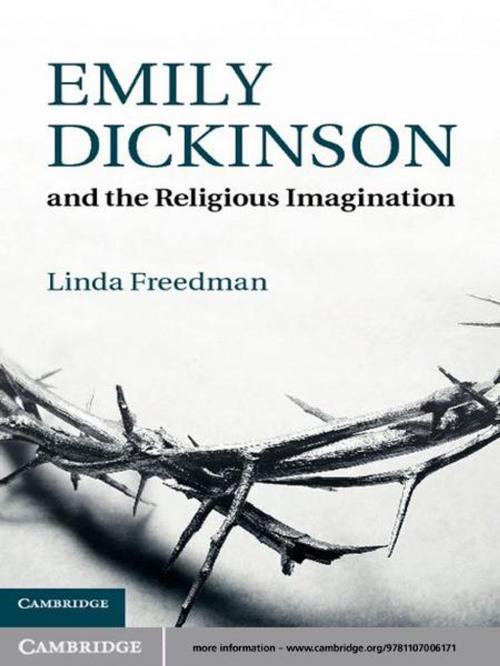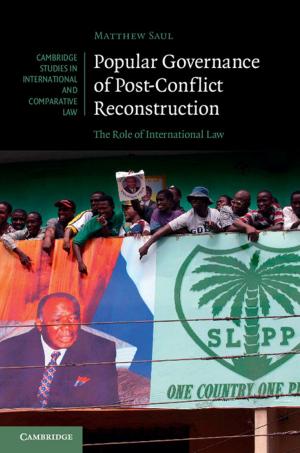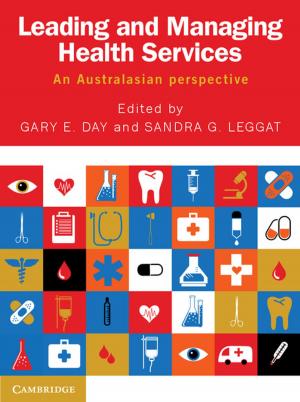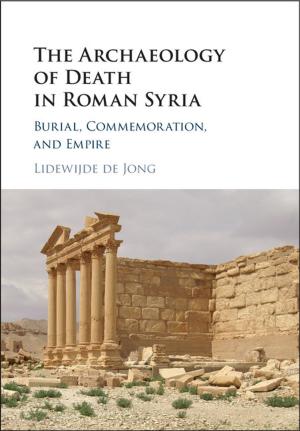Emily Dickinson and the Religious Imagination
Fiction & Literature, Literary Theory & Criticism, American, Nonfiction, Religion & Spirituality| Author: | Linda Freedman | ISBN: | 9781139124874 |
| Publisher: | Cambridge University Press | Publication: | September 1, 2011 |
| Imprint: | Cambridge University Press | Language: | English |
| Author: | Linda Freedman |
| ISBN: | 9781139124874 |
| Publisher: | Cambridge University Press |
| Publication: | September 1, 2011 |
| Imprint: | Cambridge University Press |
| Language: | English |
Dickinson knew the Bible well. She was profoundly aware of Christian theology and she was writing at a time when comparative religion was extremely popular. This book is the first to consider Dickinson's religious imagery outside the dynamic of her personal faith and doubt. It argues that religious myths and symbols, from the sun-god to the open tomb, are essential to understanding the similetic movement of Dickinson's poetry - the reach for a comparable, though not identical, experience in the struggles and wrongs of Abraham, Jacob and Moses, and the life, death and resurrection of Christ. Linda Freedman situates the poet within the context of American typology, interprets her alongside contemporary and modern theology and makes important connections to Shakespeare and the British Romantics. Dickinson emerges as a deeply troubled thinker who needs to be understood within both religious and Romantic traditions.
Dickinson knew the Bible well. She was profoundly aware of Christian theology and she was writing at a time when comparative religion was extremely popular. This book is the first to consider Dickinson's religious imagery outside the dynamic of her personal faith and doubt. It argues that religious myths and symbols, from the sun-god to the open tomb, are essential to understanding the similetic movement of Dickinson's poetry - the reach for a comparable, though not identical, experience in the struggles and wrongs of Abraham, Jacob and Moses, and the life, death and resurrection of Christ. Linda Freedman situates the poet within the context of American typology, interprets her alongside contemporary and modern theology and makes important connections to Shakespeare and the British Romantics. Dickinson emerges as a deeply troubled thinker who needs to be understood within both religious and Romantic traditions.















